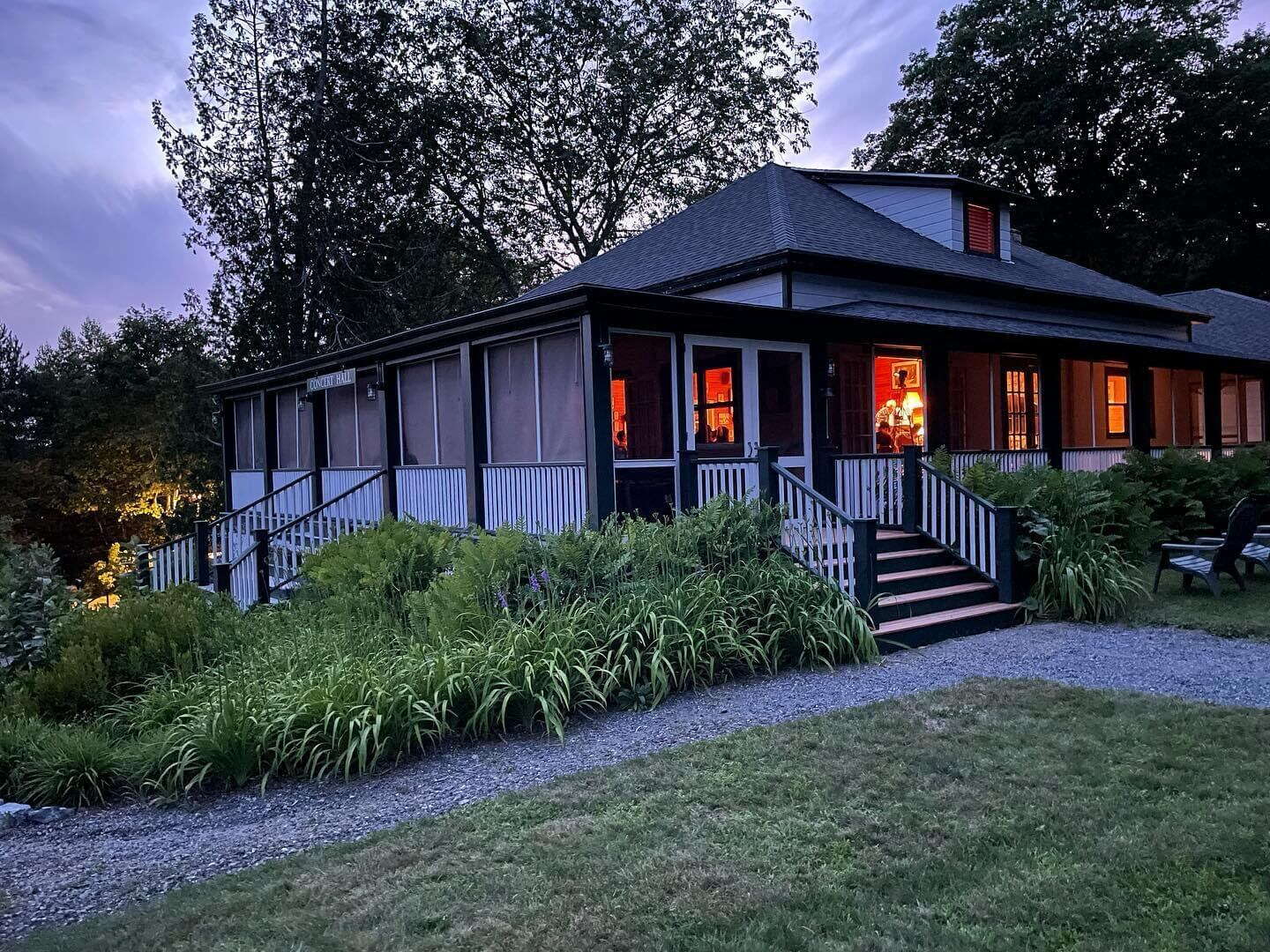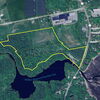
Processing Your Payment
Please do not leave this page until complete. This can take a few moments.
- News
-
Editions
-
- Lists
-
Viewpoints
-
Our Events
-
Event Info
- Women's Leadership Forum 2025
- On the Road with Mainebiz in Bethel
- Health Care Forum 2025
- On The Road with Mainebiz in Greenville
- On The Road with Mainebiz in Waterville
- Small Business Forum 2025
- Outstanding Women in Business Reception 2025
- On The Road with Mainebiz in Bath
- 60 Ideas in 60 Minutes Portland 2025
- 40 Under 40 Awards Reception 2025
- On The Road with Mainebiz in Lewiston / Auburn
- 60 Ideas in 60 Minutes Bangor 2025
Award Honorees
- 2025 Business Leaders of the Year
- 2024 Women to Watch Honorees
- 2024 Business Leaders of the Year
- 2023 NextUp: 40 Under 40 Honorees
- 2023 Women to Watch Honorees
- 2023 Business Leaders of the Year
- 2022 NextUp: 40 Under 40 Honorees
- 2022 Women to Watch Honorees
- 2022 Business Leaders of the Year
-
-
Calendar
-
Biz Marketplace
- News
-
Editions
View Digital Editions
Biweekly Issues
- April 21, 2025 Edition
- April 7, 2025
- March 24, 2025
- March 10, 2025
- Feb. 24, 2025
- Feb. 10, 2025
- + More
Special Editions
- Lists
- Viewpoints
-
Our Events
Event Info
- View all Events
- Women's Leadership Forum 2025
- On the Road with Mainebiz in Bethel
- Health Care Forum 2025
- On The Road with Mainebiz in Greenville
- On The Road with Mainebiz in Waterville
- + More
Award Honorees
- 2025 Business Leaders of the Year
- 2024 Women to Watch Honorees
- 2024 Business Leaders of the Year
- 2023 NextUp: 40 Under 40 Honorees
- 2023 Women to Watch Honorees
- 2023 Business Leaders of the Year
- + More
- 2022 NextUp: 40 Under 40 Honorees
- 2022 Women to Watch Honorees
- 2022 Business Leaders of the Year
- Nomination Forms
- Calendar
- Biz Marketplace
Maine lighthouses among 2024 list of 'most endangered historic places'
Fierce winter storms have created havoc for some of Maine's most iconic and longstanding landmarks, its lighthouses.
Now Maine Preservation, a Yarmouth-based nonprofit, has included the state's lighthouses on the 2024 list of "Most Endangered Historic Places."
The "most endangered" list was launched by Maine Preservation in 1996 to identify and raise awareness about threatened historic properties.
Sites previously listed and successfully rehabilitated include the Frances Perkins Homestead in Newcastle, Old Surry Village Schoolhouse, Abijah Buck House in Buckfield, Readfield Union Meeting House and Wood Island Lifesaving Station in Kittery, which celebrated its grand opening this summer.
However, several sites remain threatened, including McCurdy’s Smokehouse, a relic of the sardine industry threatened by rising tides and deteriorated wood pilings in Lubec, the nonprofit said.
Here are the 2024 "Most Endangered Historic Places in Maine."
Central Congregational Church
Maine Preservation said of the church, "Even though it’s regarded as one of the finest ecclesiastical examples of Federal-style architecture in the state, and among the greatest accomplishments of local architect and builder Daniel Low, the 1829 Central Congregational Church faces an uncertain future. In 2016, the Tides Institute & Museum of Art accepted the donation of the church after the dwindling congregation found its growing list of repair needs economically infeasible. An assessment found a collapsing foundation, failing sections of timber framing, and need for a full painting campaign. Compounding the physical problems, a new use for the building has yet to be identified."

Eagle Island State Historic Site
"The National Historic Landmark was the summer home of arctic explorer Admiral Robert E. Peary, credited with being the first person to reach the North Pole. The state of Maine was gifted the island from his family in 1967 and has operated it as a historic site ever since. The site was closed at the onset of the COVID-19 pandemic, triggering a series of unfortunate events that have left the home unsafe and the island virtually inaccessible following the destruction of its pier in a winter storm," Maine Preservation said.

Kneisel Hall, Blue Hill
"The small, unassuming wood-frame building in Blue Hill was erected in 1922 as part of a burgeoning school and performance space for summering musicians that is now regarded as the cradle of chamber music teaching in America. Decades of seasonal use and hotter summers now demand significant attention be given to repairs and upgrades. The small nonprofit now needs to raise funds and weigh how to preserve both the hall’s live acoustics and its storied walls."
Maine light stations
"Intentionally built in harm’s way — on low-lying peninsulas and small outcroppings along the most dangerous parts of Maine’s waterways — our state’s historic light stations are more threatened than ever. Earlier this year, storms ravaged our coastline and left immense damage to light stations in their wake, underscoring the constant and increasing risk these maritime monuments face. But Maine’s light stations can be repaired, prepared, and adapted."
Sangerville Town Hall
"After being deemed unsafe by their insurance provider, the town of Sangerville had to vacate their amazingly intact, 1902 Colonial Revival-style building. Voters were given two options: sell the building and erect a new town office elsewhere or repair the landmark and revive it as the civic hub of the community. The vote overwhelmingly supported preserving the structure, but it comes at an enormous price tag and there are limited funding resources available."
Starling Hall, Fayette
"Starling Hall was dedicated on March 8, 1879, making it one of the first purpose-built Grange halls in the state. The town of Fayette has owned the former civic hall since the Grange disbanded in 1986, and has partnered with the nonprofit, Friends of Starling Hall, to rehabilitate and use it for community-facing purposes since 2015. The successful public-private partnership has been a locally contentious issue, with a vocal group of residents opposed to further use of public funds who have triggered a referendum to require the town sell the building."

142 Free St., Portland
"The Portland Museum of Art’s proposal to reclassify 142 Free St. as a non-contributing resource in the Congress Street Historic District and the subsequent overruling of the Historic Review and Planning Boards by City Council set a dangerous precedent for other designated properties across the city. The museum can be both a steward of historic architecture and a supporter of contemporary design by incorporating the existing, character-defining features of 142 Free St. into the modern expansion of their campus, following the same design review process in place since 1990," Maine Preservation said.
About Maine Preservation
Founded in 1972, Maine Preservation is a statewide nonprofit dedicated to promoting and preserving historic places, buildings, downtowns and neighborhoods, with the intention of strengthening the cultural and economic vitality of Maine communities.













0 Comments